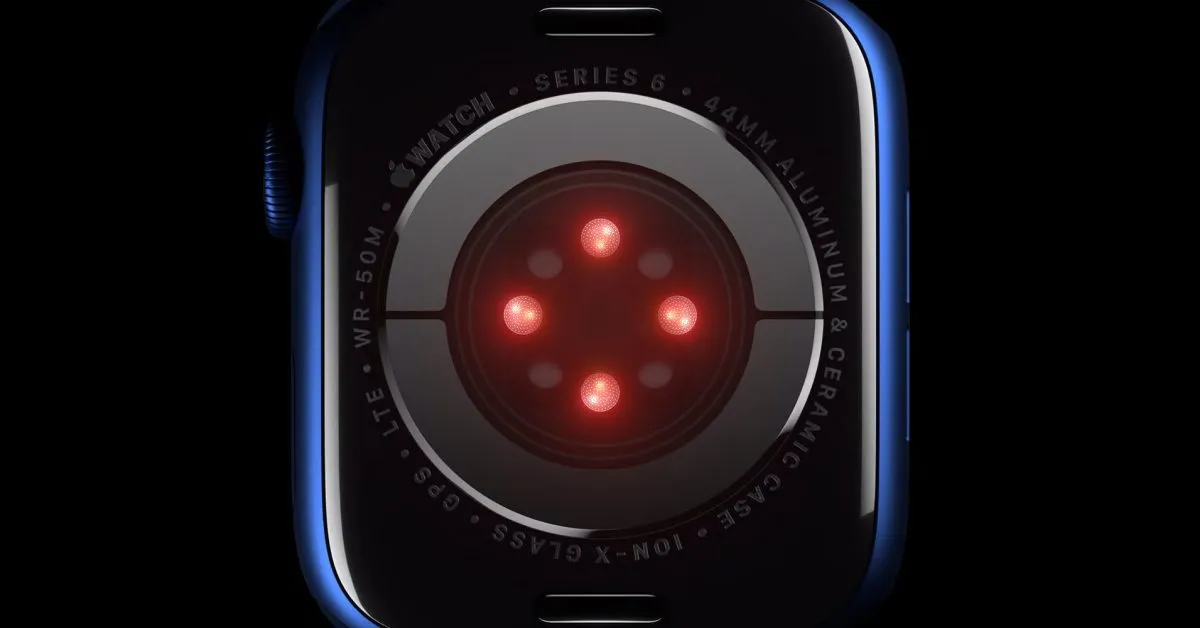
A groundbreaking study backed by Apple has revealed that behavioral data—including movement, sleep, and exercise—can serve as more effective health indicators than traditional biometric measurements such as heart rate or blood oxygen levels. This research, titled Beyond Sensor Data: Foundation Models of Behavioral Data from Wearables Improve Health Predictions, highlights the potential of using data from wearables to enhance health predictions significantly.
The study emerged from the Apple Heart and Movement Study (AHMS) and involved training a new foundation model known as the Wearable Behavior Model (WBM). This model was developed using an impressive dataset of over 2.5 billion hours of wearables data, demonstrating its capability to match and even outperform existing models that depend on basic sensor data.
While previous health-related foundation models primarily utilized raw sensor streams from devices like the Apple Watch—specifically the photoplethysmograph (PPG) and electrocardiograph (ECG)—the WBM focuses on higher-level behavioral metrics. These metrics include step count, gait stability, mobility, and VO₂ max, which the Apple Watch is capable of generating in large quantities.
The study addresses a crucial question: if the Apple Watch already collects detailed sensor data, what additional value does the WBM provide? The researchers emphasize that consumer wearables, such as smartwatches and fitness trackers, yield rich information across various health domains. For effective health monitoring, it is essential to detect both static health states—like a history of smoking or past diagnoses—and transient health states—such as sleep quality or pregnancy status. The data required for these predictions typically operate at a human behavior time scale (days to weeks) rather than the shorter intervals of raw sensor data collection (seconds).
Unlike raw sensor data, higher-level behavioral metrics are generated using validated algorithms that translate raw inputs into meaningful health indicators. These metrics are specifically chosen by experts to align with physiologically relevant health states and individual behaviors, making them particularly valuable for health detection tasks. For instance, mobility metrics that assess walking gait and overall activity levels can provide crucial insights into changing health conditions, such as pregnancy.
The WBM was trained using data from 161,855 participants in the AHMS, focusing on 27 human-interpretable behavioral metrics, including active energy, walking pace, heart rate variability, respiratory rate, and sleep duration. The data was organized into weekly blocks and processed through a new architecture based on Mamba-2, which outperforms traditional Transformers in this context.
When evaluated on 57 health-related tasks, the WBM demonstrated superior performance compared to traditional PPG-based models, excelling in 18 of 47 static health prediction tasks (such as identifying beta-blocker usage) and achieving remarkable accuracy in dynamic tasks (like pregnancy detection, sleep quality, and respiratory infections). The only exception was diabetes, where the PPG model performed better. However, combining the WBM with PPG data representations yielded the most accurate results overall.
This study does not suggest replacing sensor data with the WBM but rather aims to complement it. While WBM captures long-range behavioral signals, PPG can detect short-term physiological changes. Together, these models enhance the ability to identify significant health shifts early on, showcasing the potential of integrating advanced wearable technology in health monitoring.
If you're interested in learning more about the Apple Heart and Movement Study and other related research, stay tuned for updates. And if you're looking for great deals on AirPods, check out the latest offers on Amazon!